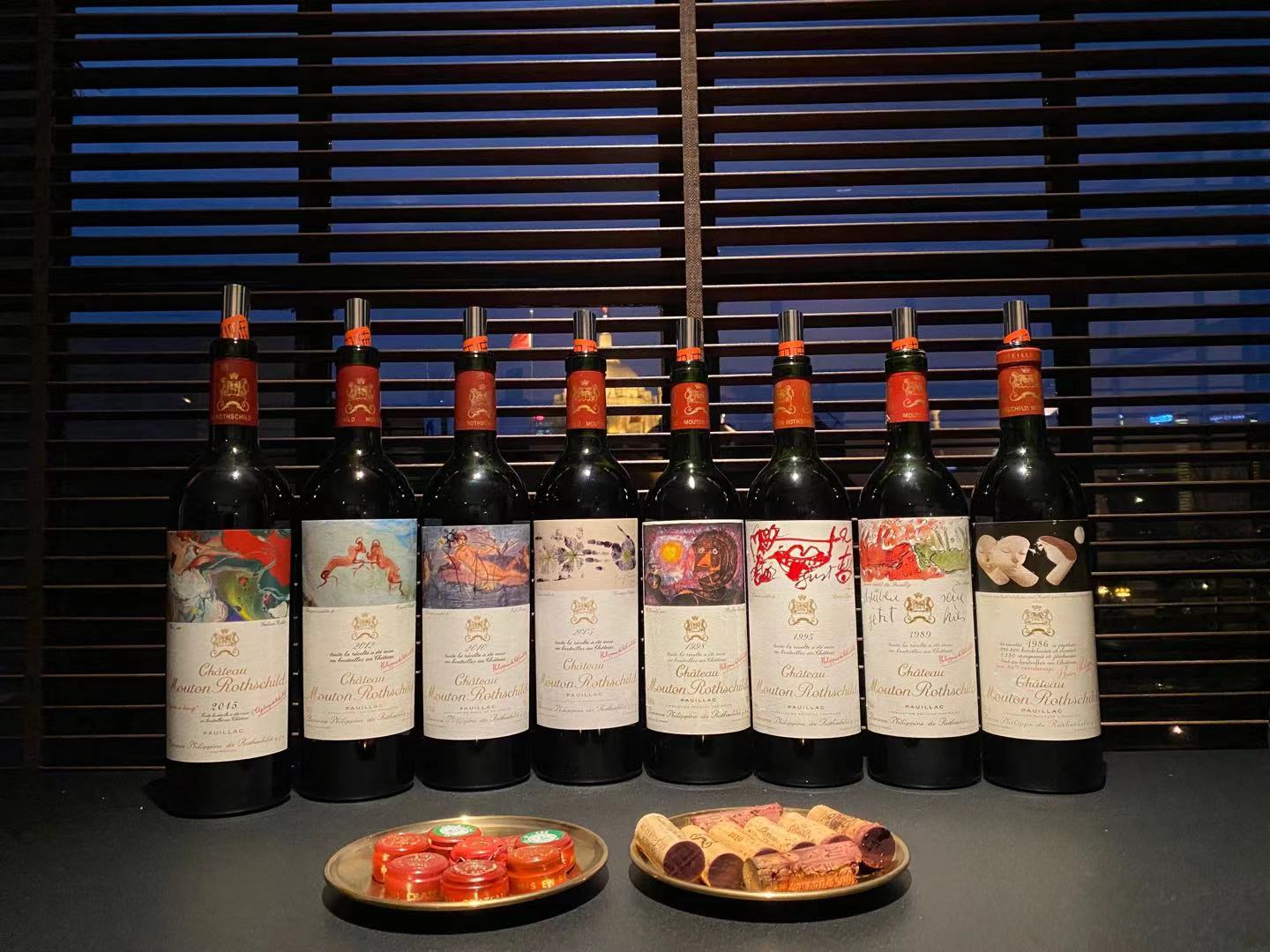
多年以来,我在波尔多最热衷到访的庄园莫过于木桐•罗斯柴尔德酒庄(以下简称“木桐酒庄”或“木桐”),在那里,颇具绅士风度的酒庄总经理及酿酒师菲利普•达鲁恩(Philippe Dhalluin)总是将他的时间和耐心慷慨相赐于我。我第一次见到菲利普时,他正忙于扭转周伯通酒庄的命运(Saint-Julien’s Château Branaire-Ducru,又名圣朱利安-班尼尔酒庄);还有从未被忘却、同样具有绅士风度的周伯通酒庄庄主帕特里克•马罗托(Patrick Maroteaux)——遗憾的是他已经离开了我们。可以肯定地说,菲利普的前任、酿酒师帕特里克•莱昂(Patrick Léon)在木桐酒庄取得了辉煌成就,而菲利普站在巨人的肩膀上,带领酒庄日益精进、不断壮大。2020年底,达鲁恩功成身退,其职位由才华横溢的让-伊曼纽尔•丹乔伊(Jean-Emmanuel Danjoy)接任,他曾在克拉-米伦酒庄(Château Clerc-Milon)任职,与木桐酒庄一样,克拉-米伦酒庄也是罗斯柴尔德男爵集团(Baron Philippe de Rothschild SA)名下资产 。因此我认为,在广为传颂的波亚克村(Pauillac)即将迎来新纪元之际,品鉴几款出产于这家历史悠久庄园的上好佳酿正是恰逢其时,而且公平地说,这其中很多酒都带有达鲁恩的个人印记。
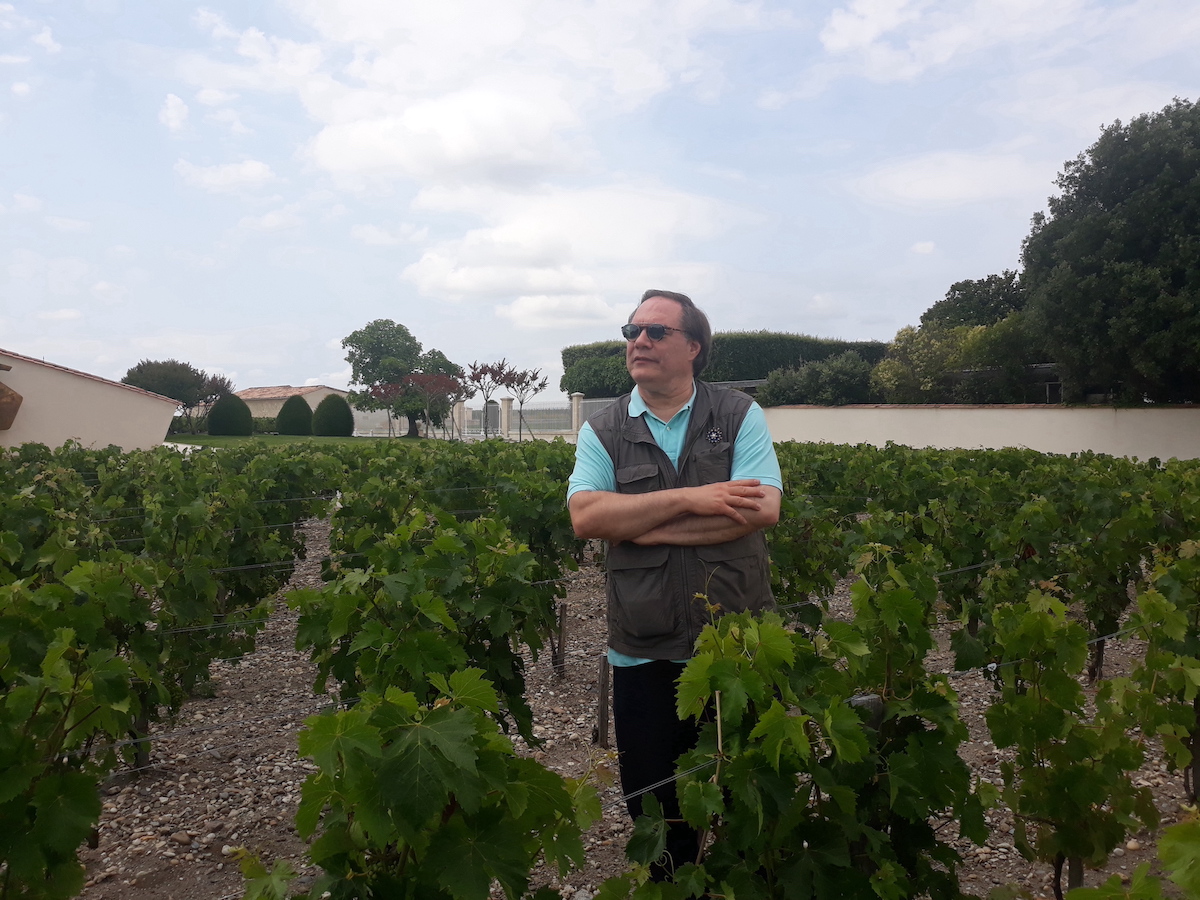
历史点滴
木桐酒庄的传奇历史可以追溯到1744年,当时商人马约•阿姆斯切(Mayer Amschel)在“红色之盾”(Zum Roten Schild)工作,而这最终演变成罗斯柴尔德(Rothschild)家族的姓氏。阿姆斯切其中一个同样财运亨通的后裔、属于家族在英国分支的纳撒尼尔•德•罗斯柴尔德男爵(Baron Nathaniel de Rothschild),希望能拥有一座酒庄,并将目光投向了当时一家名为班尼•木桐的酒庄(Château Brane-Mouton),当时酒庄归伊萨克•杜雷(Isaac Thuret)所有——班尼•木桐酒庄曾经隶属西格尔家族(de Segur family)的葡萄酒帝国,他们拥有、或者说是白手起家创建了可与木桐比肩的凯隆世家(Château Calon Segur)、拉图(Château Latour)、以及日后的拉菲•罗斯柴尔德(Château Lafite Rothschild,即拉菲堡)。遵循彼时惯例,购买了酒庄的男爵将自己的姓氏冠以酒庄名称之上,更名为木桐•罗斯柴尔德酒庄。看得出来,罗斯柴尔德家族一刻也不停歇:1868年,家族另一位成员詹姆斯•罗斯柴尔德(James Rothschild)购买了拉菲酒庄。话虽如此,木桐酒庄最著名的主人可能是菲利普•罗斯柴尔德男爵(Baron Philippe Rothschild),他凭借一己之力,革新了波尔多葡萄酒的生产和销售方式。 最重要的是,他是第一个在波尔多坚持将全部葡萄酒于庄内装瓶的人——换句话说,所有葡萄酒都在适当的时候、在当地进行装瓶,而非散装/桶装出售给酒商,再由酒商待时机成熟在自己的设备上进行装瓶,后者可能会印发一系列问题。菲利普男爵意识到,这一重要决策将夯实酒庄声誉,让酒庄成为世界最伟大佳酿之出产地,因为他能从头到尾对葡萄酒生产的全过程进行把控。这个明智的决策又引发了另一无比著名的决定——如今被广泛复制的“艺术家系列”酒标。为了凸显其庄内装瓶创举的独特性和重要性,菲利普男爵委托著名的立体主义艺术家让•卡吕(Jean Carlu)设计了1924年木桐酒标。事实上,“艺术家系列”酒标从1945年年份酒才真正开始,但它的起源是男爵为之播下的种子。一些本世纪最伟大的艺术家亦为木桐酒庄贡献了他们的才华,其中包括勃拉克(Georges Braque)、夏加尔(Marc Chagall)、达利(Salvador Dalì)、米罗(Juan Miro)、毕加索(Pablo Picasso)、沃霍尔(Andy Warhol)以及中国画家徐累等重量级艺术家。庄内装瓶带来的第三个衍生结果是,酒庄需要更大的酒厂空间,用于装瓶和储瓶,因此新的木桐酒库也就应运而生,虽然现在兴建酒庄已经不算什么大事——因为似乎每隔一周左右,世界上就会冒出来一个由著名建筑师设计的空间。但在那时,这也算是一个大新闻了。如要一论究竟,菲利普男爵的成就数不胜数,但我还是想讲讲他在1933年购买位列五级庄的木桐•达玛雅克(Château Mouton d’Armailhacq)的轶事——酒庄于1989年由菲利普男爵的女儿菲利嫔女男爵(Baroness Philippine de Rothschild)更名。在收购酒庄的同时,男爵还收购了一家酒商——后来发展成为罗斯柴尔德男爵集团,通过这家公司,他创建了波尔多第一个真正意义上的国际葡萄酒品牌——木桐嘉德(Mouton Cadet),这原来也是木桐酒庄副牌葡萄酒的名字。公平地说,菲利普男爵的动力和激情为木桐最终在1973年从二级酒庄跃升成为一级酒庄奠定了基础——亦或采用法国的命名方式,更准确地说是“一等列级庄”(Premier Cru Classé)。这也是1855分级仅有的两次升级之一,第一次是Chateau Cantemerle在1856年被增列为五级庄。
在2013年,由建筑师伯纳德•马济耶尔(Bernard Mazieres)和舞美设计师理查德•佩杜奇(Richard Peduzzi)设计的木桐酒庄全新酿酒厂完工,并将包括艺术博物馆在内的现有建筑进行了翻新。新技术设施最突出的地方包括常见的重力供料、酿酒车间,以及不怎么常见的情形——在大橡木桶上引入了视窗,从而使得酿酒师能够看到内部发生了什么——这可不是个坏事。自2014年10月以来,该庄园由菲利嫔•罗斯柴尔德女男爵的第二个孩子、长子菲利普•塞里斯•德•罗斯柴尔德(Philippe Sereys de Rothschild)掌管,并出任木桐罗斯柴尔德酒庄主席。
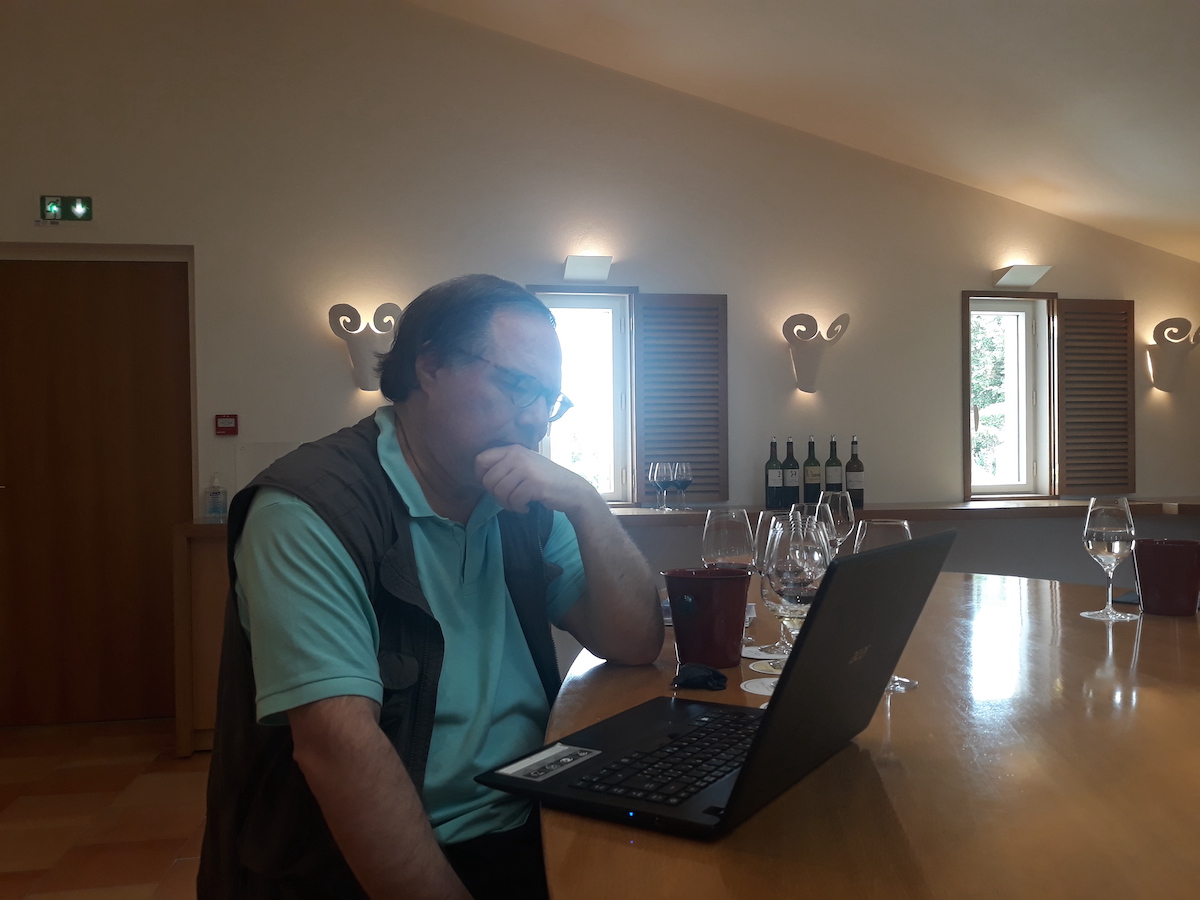
关于风土
木桐酒庄坐拥83公顷葡萄田,种植了大约81%的赤霞珠(Cabernet Sauvignon)、15%的梅洛(Merlot)、3%的品丽珠(Cabernet Franc)和1%的小维多(Petit Verdot)。尽管达鲁恩钟情于品丽珠,并且希望将其更多地纳入木桐混酿当中,但他担心这可能会对最终的葡萄酒产生稀释作用,因为左岸品丽珠生物型的质量难以比肩在右岸的。说来可惜,木桐著名的砾石土壤不仅是赤霞珠生长的理想沃土,对于品丽珠来说亦是膏腴之地。实际上,在达鲁恩任内,葡萄园内不同品种的种植比例和混酿比例都是会有变化的:例如直到2016年份葡萄酒中才出现小维多品种的身影。无论怎样,木桐酒庄有一个广泛的马瑟拉筛选(Massal selection),可在必要时用自己的苗木替换更年老的葡萄藤(木桐葡萄藤的平均树龄在五十岁上下,但也有数量可观的葡萄藤在此种植已经超过100年)。从地形上看,木桐酒庄葡萄园的特点是处于梅多克(Médoc)更为多坡的丘陵地带,不过海拔仍然很低,最高海拔为海平面以上30米,这在左岸基本算是最高的了,这能确保接收到风流吹拂,同时排水性又很好。毕竟,“木桐”这个名字最具可能性的起源之一,实际上和“羊肉”或“绵羊”没什么关联,而是源自法语单词“motte”,也就是“土坡”(mound)或“丘陵”(hill)。木桐酒庄的土壤是砾石(以及深层砾石)、粘土、石灰石和沙子的奇妙混合。有一点很重要,在该酒庄碎石分布最为丰富的地块几乎看不到粘土的存在,正是这些特质赋予了木桐葡萄酒独具一格的个性。
菲利普•达鲁恩对于木桐葡萄酒的贡献
自1998年至2002年期间,达鲁恩在周伯通酒庄工作。我第一次遇见他就是在那儿,当时是2000年,回想起来那是个阳光明媚的夏日,我在参观庄园、品尝周伯通酒庄的葡萄酒时第一次得知,达鲁恩将要离开这里,去接管另一家酒庄。时至今日,我仍记得听到消息时的震惊之情:我相信如果我的读者对帕特里克•马罗托其人,以及他与达鲁恩之间特别的情感纽带有所了解,就会完全理解我的茫然不解:两人的关系如此之好,以至于我从未预料有一天达鲁恩可能真的会离开,当时我感觉就连达鲁恩自己也从未真正想过这个问题。事实上,当我向达鲁恩问及关于即将前往的不知名目的地时,我们没谈到任何具体的事情,也没有提到任何一个名字,他只是简单地回答:“……我知道,我根本没有想过另谋高就,甚至可以说毫无兴趣,除非是去掌管一个一级庄。要真是这样我当然会有兴趣”。后来发生了什么你们都知道了。2003年起,达鲁恩赴任木桐酒庄(一个开启新工作的糟糕年份,尽管评论家们对该年份并不怎么样的酒打出了高到离谱的分数——他们盲目追捧的是规模,而不是精益求精 )。他在木桐酒庄的任期于2020年结束。
多年来,达鲁恩大大提升了木桐葡萄酒的优雅度,减少了新橡木桶的使用量,并根据葡萄藤龄、土壤类型和微气候,对葡萄园进行区块划分,更好的筛选。他还监督完成木桐酒庄的姊妹酒庄——克拉-米伦酒庄和达麦酒庄(Château d’Armailhac)的翻新以及新酒窖的建设。在他的任期内,他大幅缩减了木桐的产量,仅使用大约不超过50%的葡萄来生产正牌木桐,而之前这个比例曾高达75%,甚至更多。对于达鲁恩在木桐酒庄所取得的成就,无论谁去评价,最好的褒奖都是:在他的掌管下,酒庄生产出一系列大获成功的葡萄酒,辩证地看(或者说自谦 ),其中有许多都称得上是该年份波尔多地区超群绝伦的葡萄酒。2006年、2009年、2010年、2012年、2014年和2015年的木桐葡萄酒都是这样的案例。
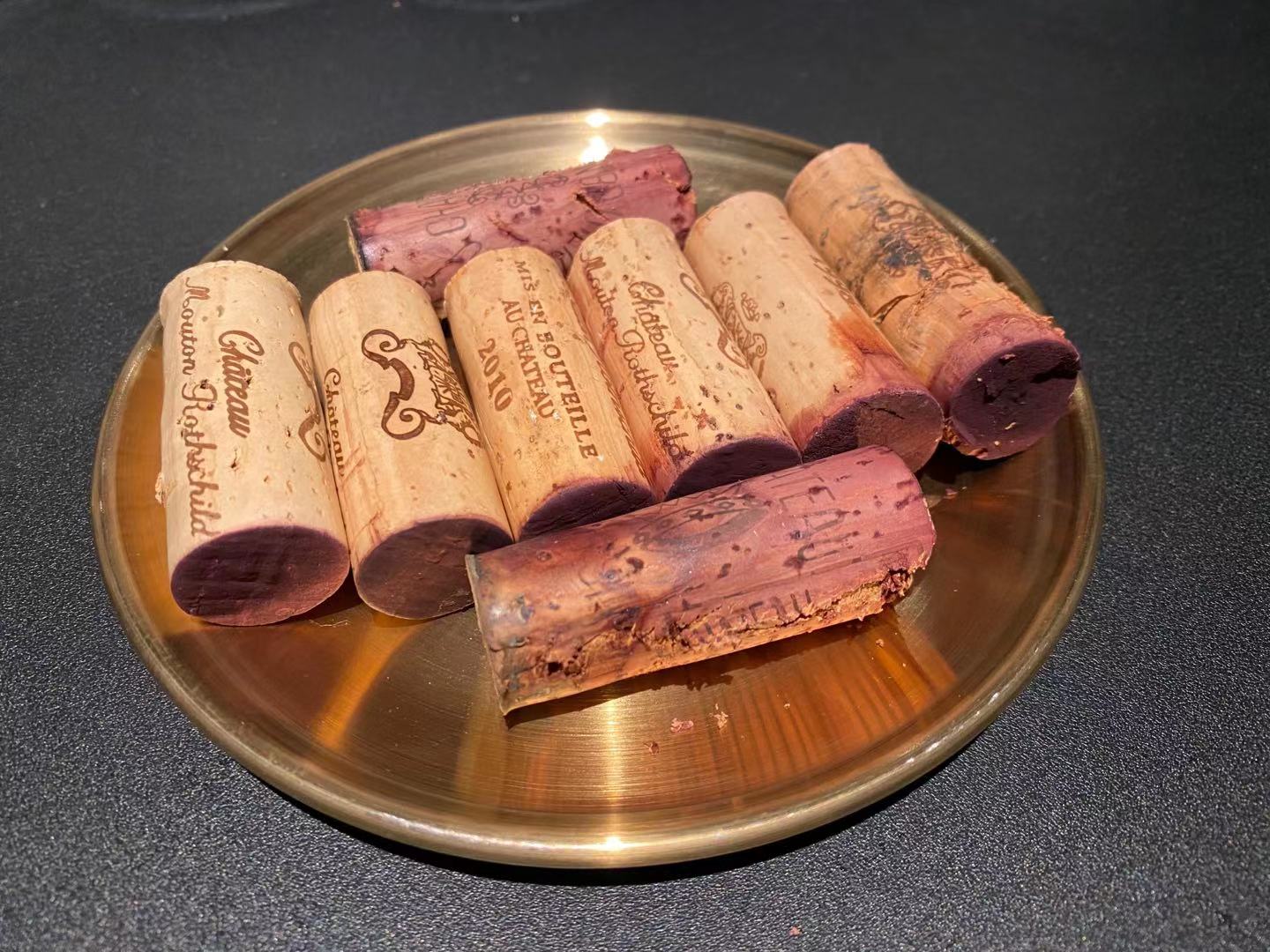
木桐葡萄酒
木桐酒庄的正牌酒在大型温控木桶中酿造。根据年份的不同,酒液会在100%全新法国橡木桶中陈年,时间从19到22个月不等。自1993年起,被称为小木桐(Le Petit Mouton de Mouton Rothschild)的副牌酒应运而生;然后还有三牌,纳撒尼尔•罗斯柴尔德男爵(Baron Nathaniel)。小木桐的特征易于辨认,酒标色彩绚烂明亮,上面画有颇具荷兰画家鲁本斯风格的葡萄串。尽管长期以来,木桐葡萄酒一直被视为所有一级酒庄中最为华丽耀眼的,但我觉得,这样的说法针对20世纪70年代和80年代这一阶段更有说服力,那时的木桐酒庄广泛应用深度烘烤的新桶。在20世纪90年代,尤其是在20世纪的前二十年间,木桐酒庄演变成为更加雅致、趋于经典的波尔多葡萄酒——达鲁恩相应缩减了所有烘烤橡木桶的使用,将罕见的浓郁度和精确度、以及也许是从土壤里砾石成分衍生而来的丰富矿物气息加以精妙糅合,在盲品中几乎总是可以即刻被识别出来。毋庸置疑,木桐葡萄酒名列全世界顶级佳酿、或者说是最伟大的葡萄酒行列之中,这次垂直品鉴的高分评价充分证明了这一点。但确实不会有其他可能性了,因为此次囊括了木桐葡萄酒自1980年到今天最好的年份(在这样出色的阵容中,唯一缺漏的是2006年木桐)。
以下垂直品鉴于2021年3月在上海举行。考虑到品鉴的完整性,我从自己的酒窖里带来了另外两款标志性年份的木桐葡萄酒,荐以飨之。
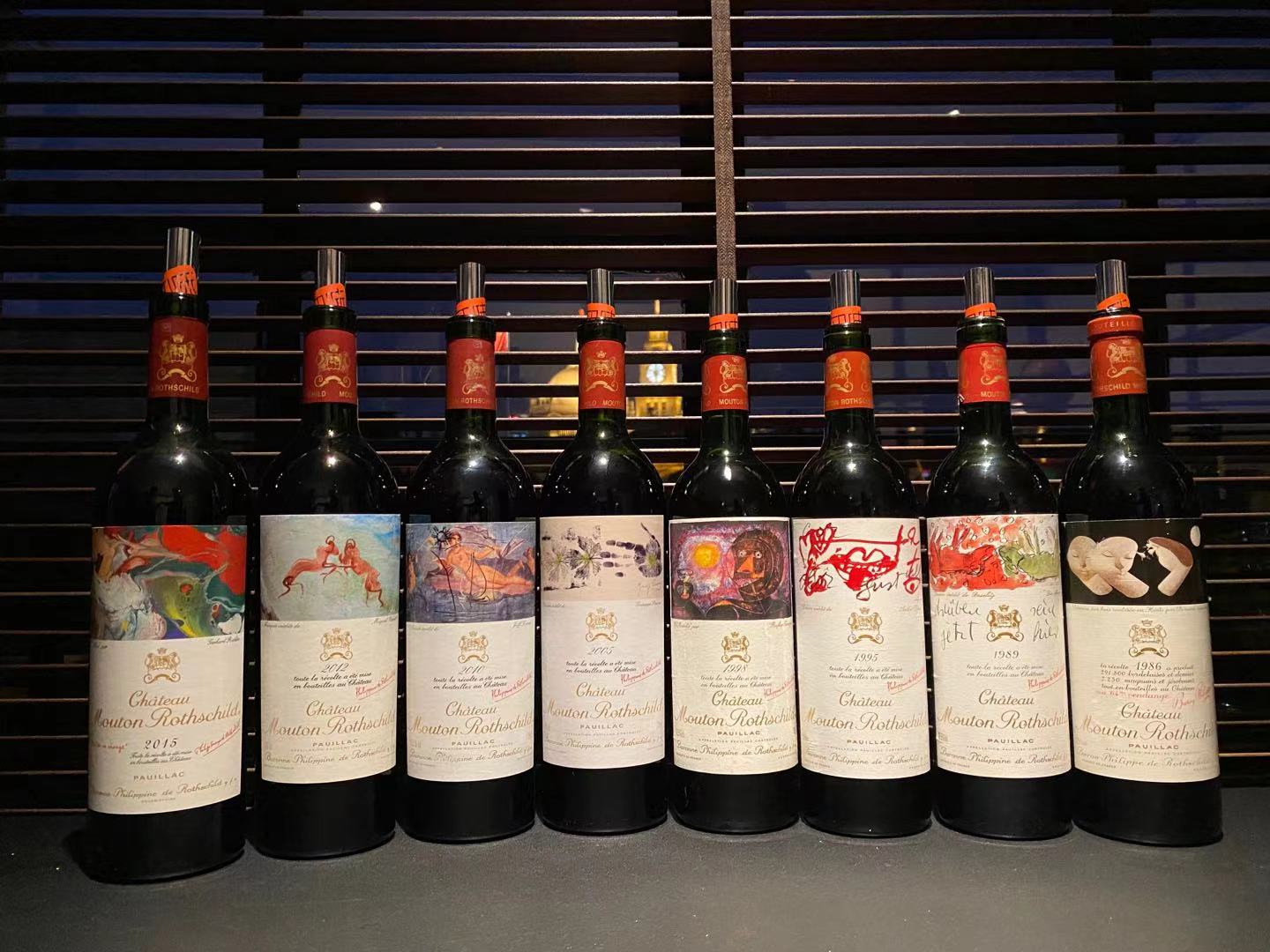
2015 Château Mouton Rothschild Pauillac 99
Very deep ruby with inky tinges. Typical northern Médoc Cabernet Sauvignon dominated nose of cassis, graphite, violet, plus Mouton’s telltale Asian spices. At once silky and incredibly concentrated, this multilayered, dense beauty boasts flavours similar to its aromas and a long finish of absolutely mesmerizing purity. An 82% Cabernet Sauvignon, 16% Merlot, and 2% Petit Verdot blend aged nineteen months in 100% new French oak. A very exciting wine, it might very well yet turn out to be the left bank wine of the vintage, with only Haut Brion and Margaux that can steal the crown away. Drinking window: 2024-2055.
2012 Château Mouton Rothschild Pauillac 98
Fully saturated deep inky-ruby; this is really quite dark. Complex aromas of blackcurrant jelly, crème de cassis, and violet are complicated by notes of graphite, iodine, cedar on the captivating nose. Then plush and multilayered, with real density and uncommon depth to the refined, pure flavours of small dark fruit, cedar and minerals. The tannins are silky and the very long focused finish is not just bright and energetic, but extremely pure too. A majestic wine that is plush and deep, and unquestionably the northern Médoc’s biggest success in 2012. In fact, this 90% Cabernet Sauvignon, 8% Merlot, and 2% Cabernet Franc blend was made from only 49% of the total crop and ranks as one of the best wines of the vintage, quite possibly the left bank wine of the vintage. I always thought it had been heavily underrated by a many a pundit (not all) at the time of the Primeurs. This is the first time Mouton made its wine in the new facility, and it baptized it with a beautiful wine indeed. The pretty label of two rams duking it out is by Miquel Barceló. Drinking window: 2024-2052
2010 Château Mouton Rothschild Pauillac 100
Beautifully moderately saturated crimson red-ruby. Perfumed, precise nose is intensely redolent of violet, blackcurrant, minerals, cedar and Oriental spices. Then rich, dense and focused, with captivating clarity and cut to the pure dark fruit and sweet spicy flavours, complicated by hints of peppermint and minerals. The long aftertaste lasts for what seems like hours. It’s an atypical Mouton in that it boasts the highest level of Cabernet Sauvignon ever used in the blend at that point in time (the blend was 94% Cabernet Sauvignon and 6% Merlot). In many ways a modern-day version of the unforgettable 1986, this might very well be Dhalluin’s best wine ever, and is most likely the left bank wine of the vintage; and that’s saying something, given how monumental a vintage 2010 was, packed as it was with many fine wines. Drinking window: 2026-2064
2009 Château Mouton Rothschild Pauillac 99
Luminous dark red-ruby. Sexy and seductive, with opulent aromas and flavours of crème de cassis, strawberry pie, blackberry nectar, roasted coffee beans, milk chocolate and vanilla that are nonetheless lifted by harmonious acidity. This 88% Cabernet Sauvignon and 12% Merlot blend is plush and velvety on the long, dense finish that features a beguiling note of black truffle. Like many 2009 Bordeaux wines, this was very easy to drink at a relatively young age, but its greatness is showcased by the fact it will easily live fifty years without fading. If the 2010 can be compared to the 1986, the 2009 has always drawn comparisons to the 1982 Mouton, and rightly so. The label is by Anish Kapoor. Drinking window: now-2055
2005 Château Mouton Rothschild Pauillac 98
Good full ruby. The enticing nose offers aromas of strawberries and cream, graphite, cedar, minerals, sweet oak elements and peppermint. Enters rich and round, then more austere in a very refined way, with dense, multifaceted flavours of dark and red berries, licorice, wet stones, cedar and coffee syrup. Long and energetic, with a laser-like quality given by harmonious acidity that neatly extends the flavours on the long back end. An 85% Cabernet Sauvignon, 14% Merlot and 1% Cabernet Franc blend that is absolutely sensational and like all 2005 Bordeaux wines is aging gracefully and slowly. Interestingly, 65% of the crop was used to make the grand vin, and at that time it was by far the lowest amount of the total harvest used to make the estate’s top wine. Only a few years later, Dhalluin would have that percentage down to 50%, just one of his many important contributions to the success of modern-day Mouton. Drinking window: now-2050.
1998 Château Mouton Rothschild Pauillac 97
Deep crimson ruby. Aromas and flavours are pure and precise, offering a boatload of raspberry, blackberry juice, vanilla, cinnamon, nutmeg, roasted espresso coffee beans and tobacco notes. Smooth and tapered, with a long aftertaste that features repeating notes of sweet spices and delicate aromatic herbs and minerals. Not that the 1998 hasn’t attracted its fair amount of praise over the last twenty years, but in this vertical tasting’s company of just about every great Mouton made since 1980, I thought it might falter somewhat. Not so: the surprise wine of the tasting, this is a real knockout. A hugely successful blend of 86% Cabernet Sauvignon, 12% Merlot and 2% Cabernet Franc. Drinking window: now- 2045.
1995 Château Mouton Rothschild Pauillac 94
Deep ruby-red. Slightly reticent aromas and flavours of dark plums, blackberries, forest floor, tobacco, and licorice. Enters smoothly tannic, then somewhat grippier on the forest floor and faded flower-accented long finish. The only slightly disappointing wine in this vertical, with a hint of green nuances that speak of perhaps not entirely physiologically ripe grapes. The problem in 1995 was the Cabernet Sauvignon; I remember that during another vertical of this wine that I carried out about ten years ago or so directly at the Château and that I wrote up for Stephen Tanzer’s International Wine Cellar (now included in the Vinous database), I was told that the estate had purposely used a bit more Merlot than was usual up until then in an effort to soften the Cabernet Sauvignon’s tough tannins. Not that this is a bad wine, not at all: a very noble wine that is juicy and bright, and still has lots of life left, but I just wish it had a little more ripe fruity flesh. Drinking window: now-2040
1989 Château Mouton Rothschild Pauillac 96
Bright deep red. Strawberry, blackberry, Oriental spices, and eucalyptus notes soar out of the glass. The label by Georg Baselitz, a German painter, celebrates the fall of the Berlin Wall. The soft and very plush, with flavours of sultana raisins, caramel apple, vanilla and milk chocolate that are nicely framed by ripe acids. Closes long, focused and velvety. I especially like that this wine avoids the blurriness of fruit of too many other 1989 Bordeaux reds, where yields were often just too high, as were the alcohol levels. Mouton did admirably well in 1989, especially compared to its 1990. Drinking window. Now-2035
1986 Château Mouton Rothschild Pauillac 100
Good vibrant red-ruby with a pale rim. Perfumed violet, raspberry nectar, cassis, cedar, and menthol on the nose. Then similar flavours to the aromas, nicely lifted by harmonious but noteworthy acidity. The tapered finish is silky and extremely long, rich in mineral, floral and cedar nuances. I remember Dhalluin and Tourbier telling me in the mid-2000s that the 1986 Mouton had a lower than usual pH (3.55 instead of the more common 3.75) and that probably explains some of this wine’s amazing longevity (the grapes were picked from October 2-October 16). Still remarkably young, with a long life ahead yet, this deep, layered, complex and smooth blend of 80% Cabernet Sauvignon, 10% Merlot, 8% Cabernet Franc and 2% Petit Verdot is one of the finest (if not the finest), most complete Mouton Rothschilds ever made and easily belongs on any list of the fifty greatest Bordeaux wines of all time. In fact, I scored it 98+ back in 2011 when I was writing for Stephen Tanzer and his International Wine Cellar: the + sign indicated I thought the wine could improve further and merit an even higher score one day, and I am happy to report that I was correct in my assessment. And so there you have it: 100 points. Drinking window: now-2050.
1982 Château Mouton Rothschild Pauillac 100
Bright red with a slightly garnet, thin rim. Blackberry nectar, crystallized blueberries and red cherry aromas are complicated by tobacco, cocoa and Oriental spices on the inviting nose. Enters plush and ripe, then also soft and plush in the middle but with harmonious and still lively acidity neatly lifting the creme de cassis, faded flowers, cedar and spice box flavours on the aftertaste. Pure and precise, not to mention still amazingly vibrant (for a 39 years old wine!), this offers repeating vanilla and other Oriental spice notes that linger impressively on the long, sultry but refined finish. A legendary Bordeaux wine, this tasting confirms yet again that the 1982 Mouton Rothschild fully deserves its status as one of the all-time great Bordeaux reds (and another Mouton that rightfully belongs in the aforementioned list of top 50 Bordeaux reds of all time). A magnificent wine, it’s honestly hard to pick between this one and the 1986; my preference goes to the latter, but only by a hair. Drinking window: now-2045.

 English
English
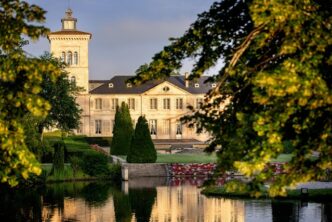
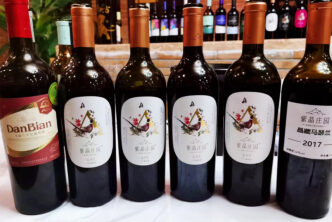

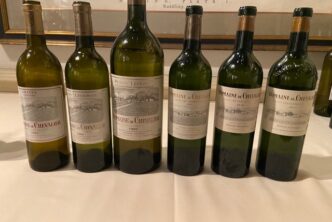
and in 1978 a label by (Canadian born) Riopelle graced the vintage…